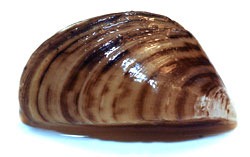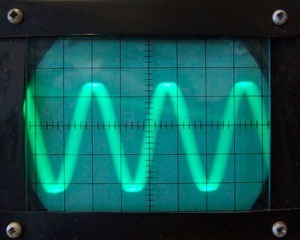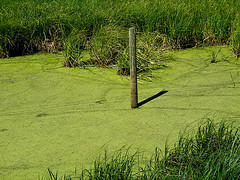Sea lamprey increase could be due to rising Lake Superior temperatures
2Most of their bloody activities are veiled in the dark, cold depths of Lake Superior. The invasive sea lampreys use their round, toothy mouths to attach to fish and suck their blood, often until they die. And researchers say they’re growing in numbers possibly thanks to climate change that’s warming the lake.

Seventy years of control efforts, including chemicals and barriers, have failed to stop the rise of the parasites, according to The Ashland Daily Press. And the consensus is that seeing an elimination of the lamprey’s presence in the Great Lakes is near impossible.
Making the situation more dire, the lampreys are difficult to track and research. Often, the only direct evidence researchers have is the carcasses left behind. The dead fish are marred by a characteristic lamprey hole in their side.
University of Wisconsin zoology professor Jim Kitchell is investigating the trend between rising temperatures in Lake Superior and the increase of the destructive species. The NOAA’s Wisconsin Sea Grant program is directing nearly $2 million to Kitchell’s work and other Lake Superior research.
Decreased ice cover has led to a 1.2-degree Celsius increase per decade in the lake since 1980, according to Kitchell. The increase in the temperature has given rise to the lamprey’s favorite meal, the lake trout. Kitchell said lake trout usually aren’t present in water warmer than 10 degrees Celsius, but since the lake now stays warmer longer, the lamprey have more time to feed and grow.
“The combination of [trout abundance and temperature] has basically caused lamprey size to increase by more than 30 percent, much the way temperature is doing,” Kitchell said in the article.
The larger lamprey can prey on more and larger fish and spawn more eggs. And despite the fact control efforts have been successful, the larger lamprey’s ability to generate several times more eggs has facilitated a continued population boom.
Sea Grant funds sea lamprey, lake trout research [The Ashland Daily Press] Image Credit: http://www.flickr.com/photos/edans/ / CC BY 2.0













[…] As we reported in March, University of Wisconsin zoology professor Jim Kitchell believes there is a trend between Superior’s rising temperatures and the proliferation of the blood-sucking sea lamprey. Lampreys use their round, toothy mouths to attach to fish and suck their blood, often until they die. The invasive species can grow larger and reproduce faster in warmer conditions, according to Kitchell, and as they grow they can prey on more and larger fish. […]
[…] Sea lamprey increase could be due to rising Lake Superior temperatures (Lake Scientist) […]